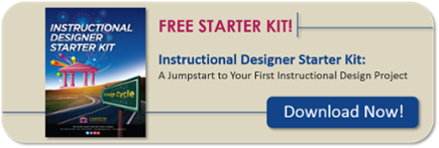Photo by: Melpomenem via Canva
One of the biggest complaints learners have with e-learning is dealing with the idiosyncrasies of the technology. Learners become frustrated when they discover they don’t have the required software or hardware or have questions they can’t get answered. They may get discouraged and not complete the course.
Instructional designers often spend a lot of time producing e-learning modules that are instructionally sound and graphically pleasing, yet they have to be functional—they have to work! Learners need to get what they expect. If they click on a drop-down menu, they expect to see a drop-down menu. If a video takes too long to load or is constantly buffering, they’ll become impatient. If they find the menu or navigation confusing, they may get discouraged. And if these situations are constant, they may be just one click away from turning the whole thing off!
Here are ten tips to reduce learner frustration with e-learning technology:
1. Limit the number of plug-ins or unusual programs the learner needs to use during the course.
2. As part of the design and development of your e-learning, provide a detailed explanation of all software and hardware requirements, and why they are needed.
3. Provide links and detailed instructions for downloading any software the learner may need.
4. Provide a brief tutorial on how to navigate the course and use course features.
5. Set up a “Frequently Asked Questions” page to answer common technology questions.
6. Use a consistent interface to increase the learner’s comfort and familiarity with the course.
7. Keep navigation simple and consistent.
8. Place the technical support contact information in the “Help” menu.
9. Include a test page before the course begins to demo samples of animation, videos, and audio so the learner can identify any technical issues in advance.
10. Provide a Legend page to show and explain what function each button performs.
By incorporating these instructional design strategies from Langevin’s Certified e-Learning Specialist program into your e-learning courses, you’ll validate your course’s effectiveness, increase learner engagement, and create e-learning courses people will look forward to participating in!

